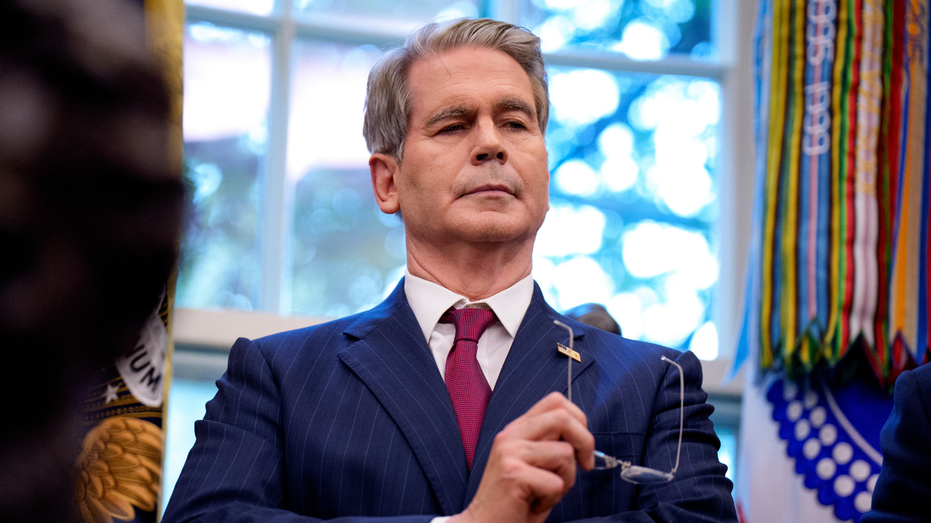In its sharpest response yet to recent U.S. trade actions, China said on Monday it “firmly rejects” Washington’s new restrictions and urged the Trump administration to honor commitments made between the two leaders in past phone calls.
“China firmly rejects the recent U.S. restrictions and sanctions on China and will do what is necessary to protect its legitimate rights and interests,” the Chinese Ministry of Foreign Affairs wrote on X.
TRUMP THREATENS ‘MASSIVE’ CHINA TARIFFS, SEES ‘NO REASON’ TO MEET WITH XI
“Threatening high tariffs is not the right way to deal with China. The U.S. should correct its approach and act on the common understandings the two presidents reached in their phone calls,” the statement added.
Tensions intensified last week after China said on Thursday that it would expand export controls on rare earths. Relations took another anxious turn when President Donald Trump outlined his countermeasures against the world’s second-largest economy a day later.
The tit-for-tat posturing between the world’s two largest economies sent markets tumbling on Friday and added new strain to an already fragile relationship.
TRUMP SAYS ‘DON’T WORRY ABOUT CHINA’ AFTER BEIJING RESPONDS TO 100% TARIFF THREAT
Treasury Secretary Scott Bessent FOX Business’ Maria Bartiromo on Monday that over the weekend there were substantial communications between Washington and Beijing.

He also said that more discussions are expected and a meeting between Trump and Chinese leader Xi Jinping in South Korea at the end of the month is still on track.
However, it is unclear how Bessent’s upbeat assessment of U.S.-China communications squares with Beijing’s combative tone in its latest statement.
CLICK HERE TO GET FOX BUSINESS ON THE GO
“We have substantially de-escalated,” Bessent said during an interview on “Mornings with Maria.”
“The 100% tariff does not have to happen,” he said, adding that the Trump administration will not move on implementing it until Nov. 1.
“The relationship, despite this announcement last week, is good. Lines of communication have reopened, so we’ll see where it goes.”
Read the full article here


